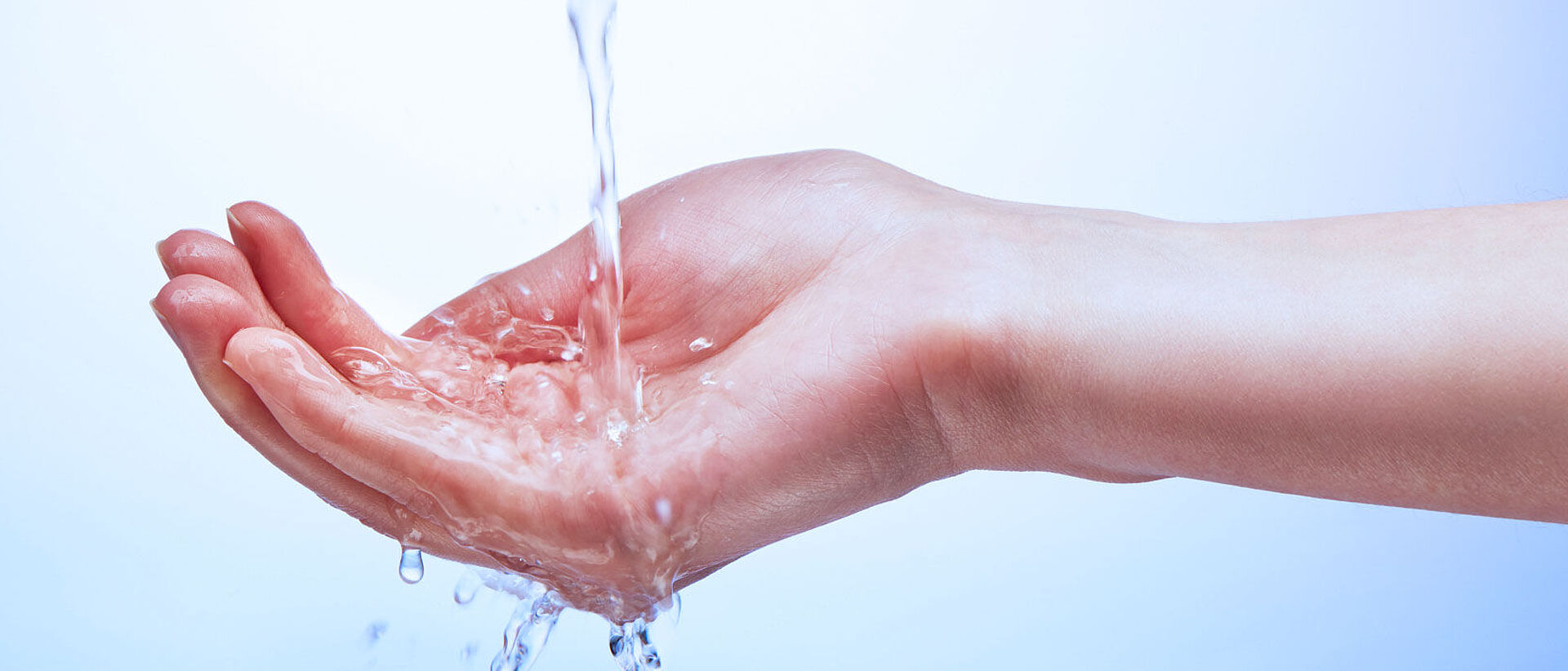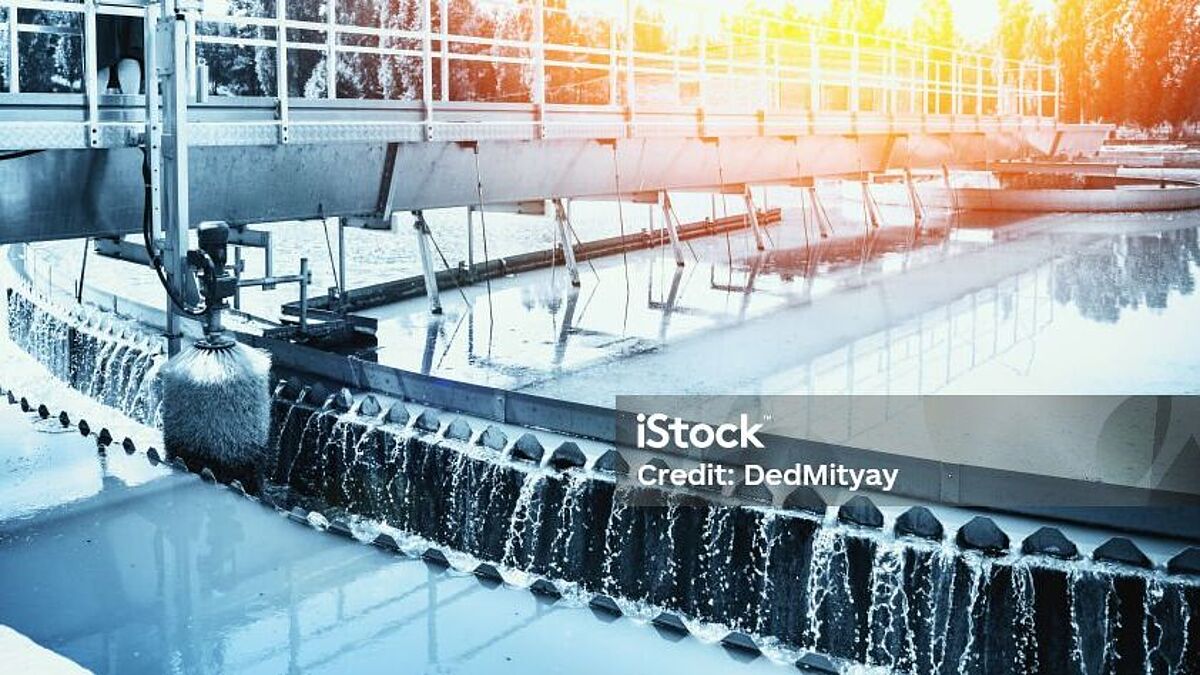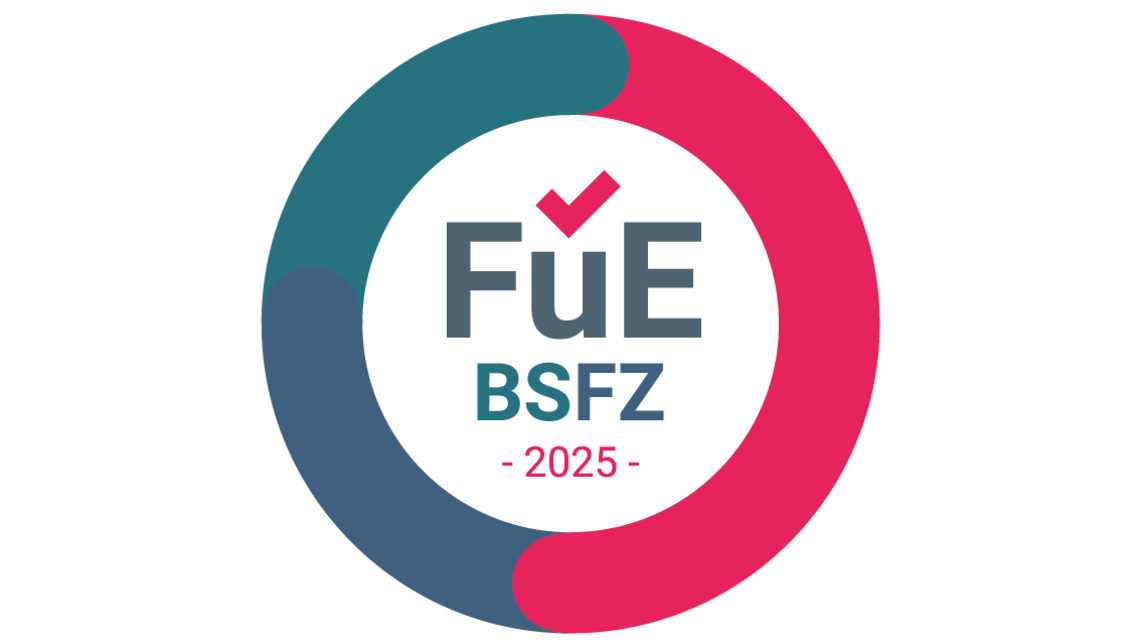The equipment manufacturers respond to these challenges by embracing technologies like closed-loop cooling or process water systems, which re-use water rather than constantly drawing from fresh water sources. These systems utilize filtration and treatment mechanisms to maintain water quality, significantly reducing overall consumption and waste water generation.
In wet processing equipment water is used for rinsing and cleaning applications besides application specific chemistry. Depending on the processes the annual water consumption for wet processing in the solar industry equals tens to hundreds of olympic-sized swimming pools. This in turn shows the necessity to reduce water usage and the interest of the manufacturers to cut costs in their production lines.
Advanced cleaning technologies like ultrasonic treatment is widely used in the solar industry, for example in wafering applications prior to TOPCon, IBC or Heterojunction cell processing. These features already contribute to the cleaning efficiency due to less water consumption compared to conventional methods.




